Standing at the edge of Galveston's Seawall, watching ships sail toward the horizon, it's easy to forget how much this little island has endured. But dig a little deeper and you'll find a city built on bold dreams, battered by storms and determined to rise again — time after time. Galveston isn't just a cruise port; it's a living story of Texas resilience, prosperity and reinvention.
To understand Galveston's spirit, you must start at its peak — when fortunes were made, grand mansions rose along Broadway and the island glittered with possibility.
Galveston's Golden Age
In the late 1800s, Galveston was Texas' most important city — a booming port, a banking powerhouse and a cultural hub. Wealth flowed into the island like the tides, funding opera houses, grand hotels and an ornate shopping district known as The Strand.
Today, its brick-lined streets still whisper of high-society soirees: You can almost hear the carriage wheels on cobblestones and picture the whirl of ladies' skirts as they made their way to lavish galas.
Wall Street of the South
Dubbed the "Wall Street of the South," 19th-century Galveston rivaled New York for prosperity. Immigrants landed at its docks, financiers built mansions and merchants filled its banks. As you stroll historic Broadway, the preserved Victorian homes seem to murmur tales of booming trade and glittering society. Every wrought-iron fence and stained-glass window speaks to the island's former crown jewel status — and its resilience through every storm.
But as I learned walking past weathered plaques and listening to local stories, the island's gilded era didn't last. One dark night in September 1900, everything changed.
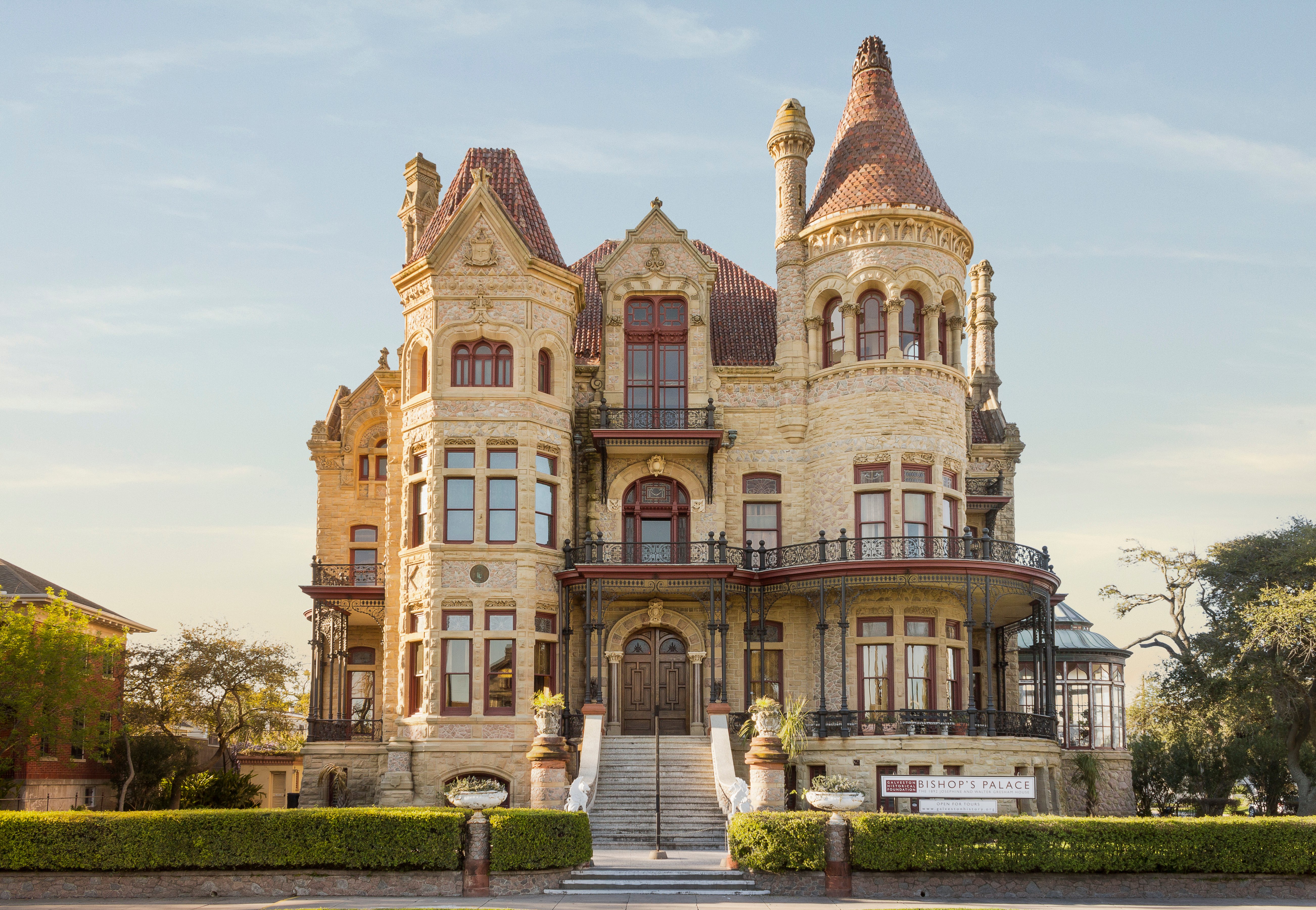
The Storm That Changed Everything
The Great Storm of 1900 — still the deadliest natural disaster in U.S. history — roared across Galveston with winds topping 140 miles per hour and a storm surge that swallowed the island whole. Thousands of lives were lost. Homes, businesses and dreams were wiped away in a single night.
Survivors spoke of clinging to driftwood, watching loved ones vanish in the floodwaters and emerging into a world that would never be the same. Galveston didn't just face a physical rebuilding — it had to rebuild its very identity. Yet Galveston's response was nothing short of heroic. The city raised its elevation and constructed a seawall that still stands today.
This engineering triumph became the foundation for Galveston's bold comeback.
Reinvention and Revival
Most cities would have crumbled after a disaster like that. But Galveston fought back — with grit, innovation and a stubborn pride that still echoes through its streets.
Within a few years, residents orchestrated one of the greatest engineering feats of the era: raising the island's elevation by as much as 17 feet and building a seawall to protect it from future storms. They drained swamps, jacked up buildings and reclaimed their future one wheelbarrow of sand at a time.
Galveston reinvented itself as a tourist destination, drawing visitors to its beaches, grand hotels and festive Mardi Gras celebrations.
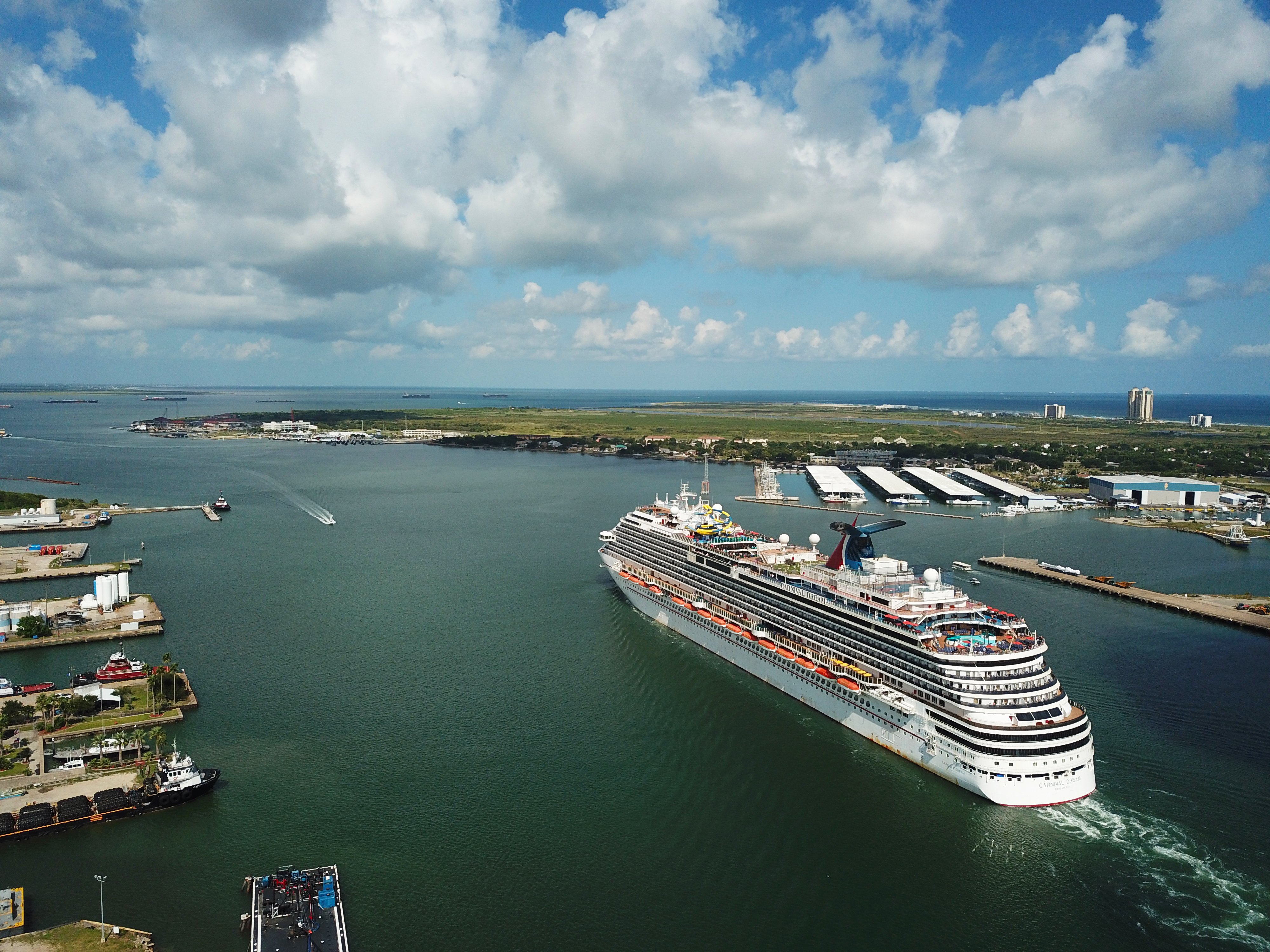
Cruising Back To Prominence
Galveston's port has seen a remarkable resurgence, becoming the fourth-busiest cruise homeport in North America. In 2024, it welcomed more than 3.4 million passengers across more than 380 sailings. With a fourth cruise terminal slated to open in November 2025, the port is poised to become the third-largest cruise homeport in the United States.
The port's growth has boosted tourism and invigorated the local economy, supporting jobs and businesses throughout the island. Please refer to the official Port of Galveston website for the most current information on cruise schedules and terminal developments.
Galveston isn't just a beach stop — it's a place that's bounced back again and again, full of character and surprises. From wandering those old Victorian streets to sinking your toes in the sand, devouring Gulf-fresh seafood to waving goodbye (or hello!) to cruise ships, every moment here sticks with you. I keep returning because this island feels alive — with history, community and just plain fun. I think you'll fall for it too.


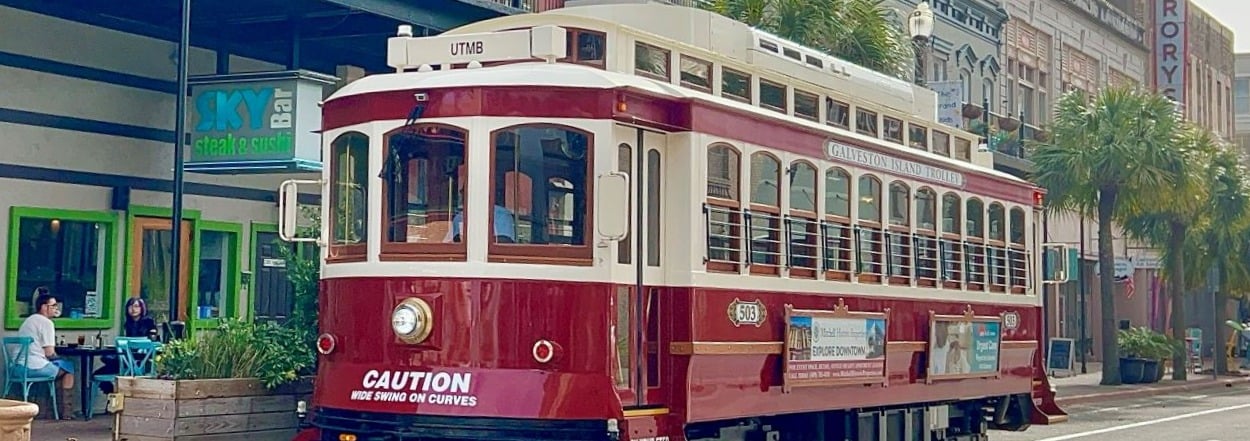

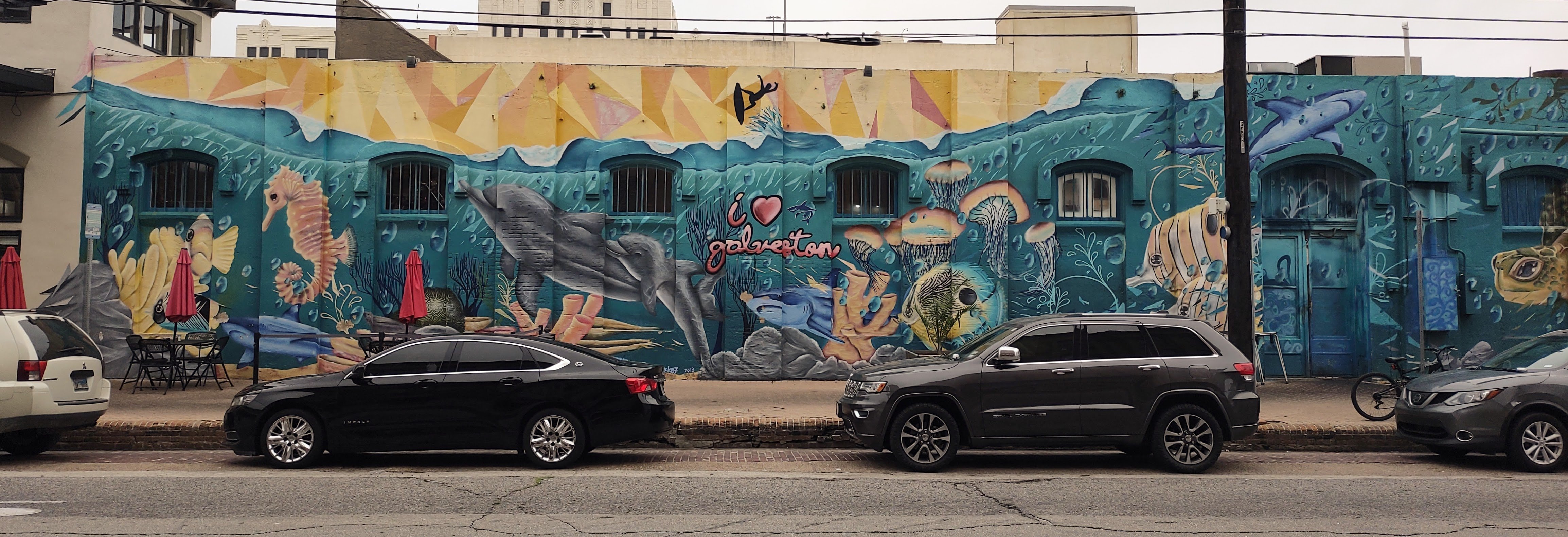
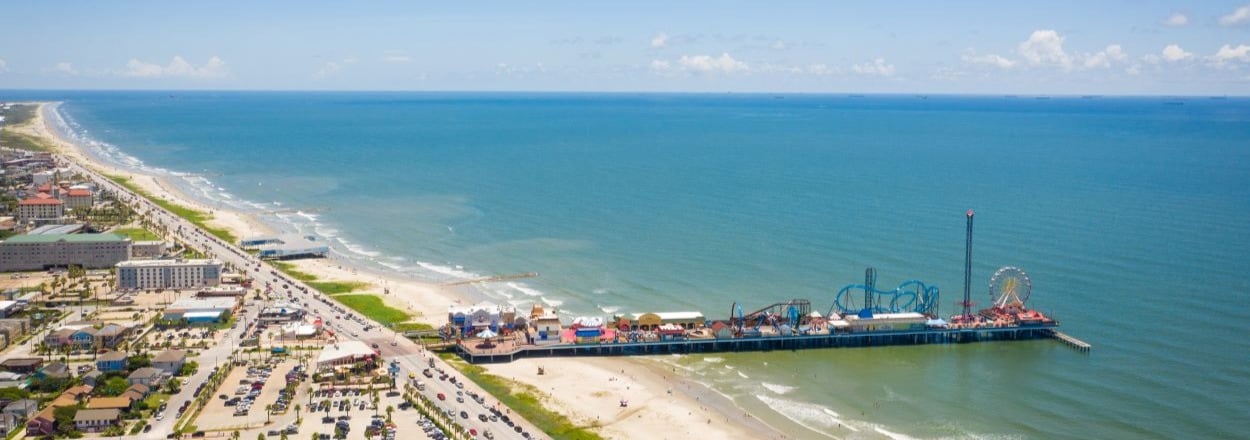
comments